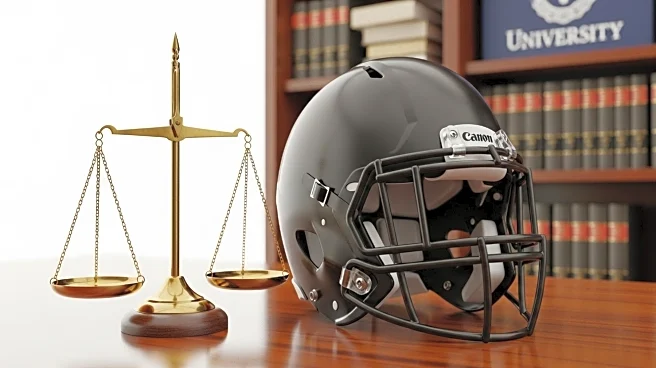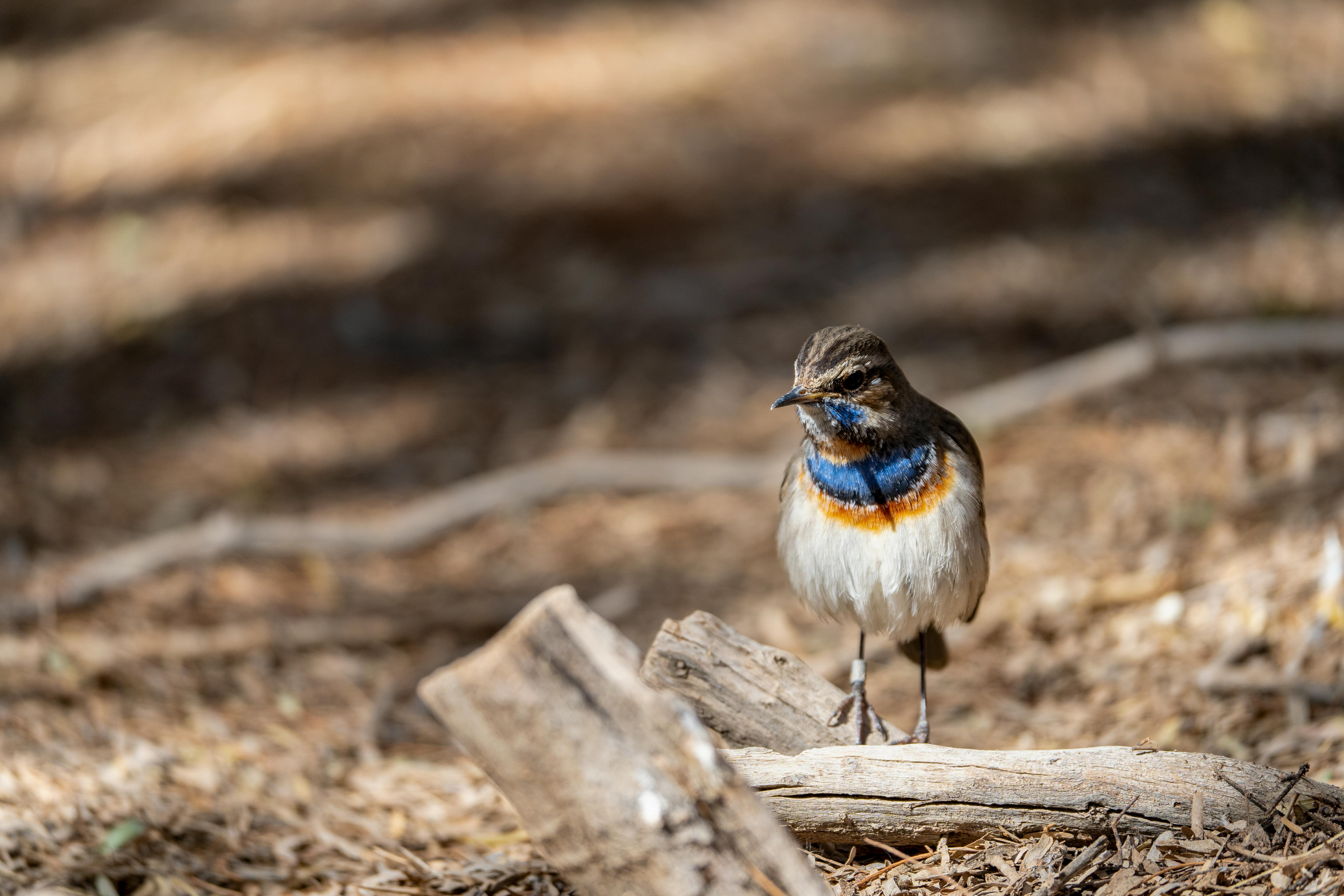What is the story about?
What's Happening?
College football players are increasingly signing name, image, and likeness (NIL) contracts, with the number and value of these agreements growing significantly. According to the College Sports Commission, over 8,300 NIL agreements worth nearly $80 million were finalized between June and August. More than 28,000 athletes have registered with the NIL Go platform, which assists schools and players in managing these deals. Major brands like DirecTV and Adidas are expanding their involvement, with DirecTV partnering with several universities and Tennessee securing a $10 million annual deal with Adidas starting in 2026. However, the rapid growth of NIL contracts has introduced legal challenges, as athletes may face issues with contract terms that could affect their eligibility and earnings. Sports and entertainment attorney Paul M. Aloise Jr. highlights the complexities and potential pitfalls of these agreements, emphasizing the need for legal guidance to navigate the varying rules across states and schools.
Why It's Important?
The rise of NIL contracts in college sports represents a significant shift, transforming college football into a business-like environment. This development has broad implications for athletes, who must now balance their on-field performance with the complexities of managing lucrative contracts. The potential legal risks associated with NIL agreements could impact athletes' eligibility and financial stability, making legal expertise crucial. The involvement of major brands also underscores the commercial potential of college sports, potentially benefiting athletes financially but also increasing the stakes and pressures they face. This evolution in college athletics could redefine the landscape, influencing recruitment, athlete representation, and the overall business model of college sports.
What's Next?
As NIL contracts become more prevalent, the need for comprehensive legal frameworks and support systems will likely grow. Schools, athletes, and agents may need to collaborate more closely to ensure compliance with state and NCAA regulations. The ongoing development of NIL policies could lead to further changes in how college sports are governed and monetized. Stakeholders, including universities and brands, may also seek to refine their strategies to maximize the benefits of NIL partnerships while minimizing legal risks. The evolving NIL landscape will require continuous adaptation and vigilance from all parties involved.
AI Generated Content
Do you find this article useful?















